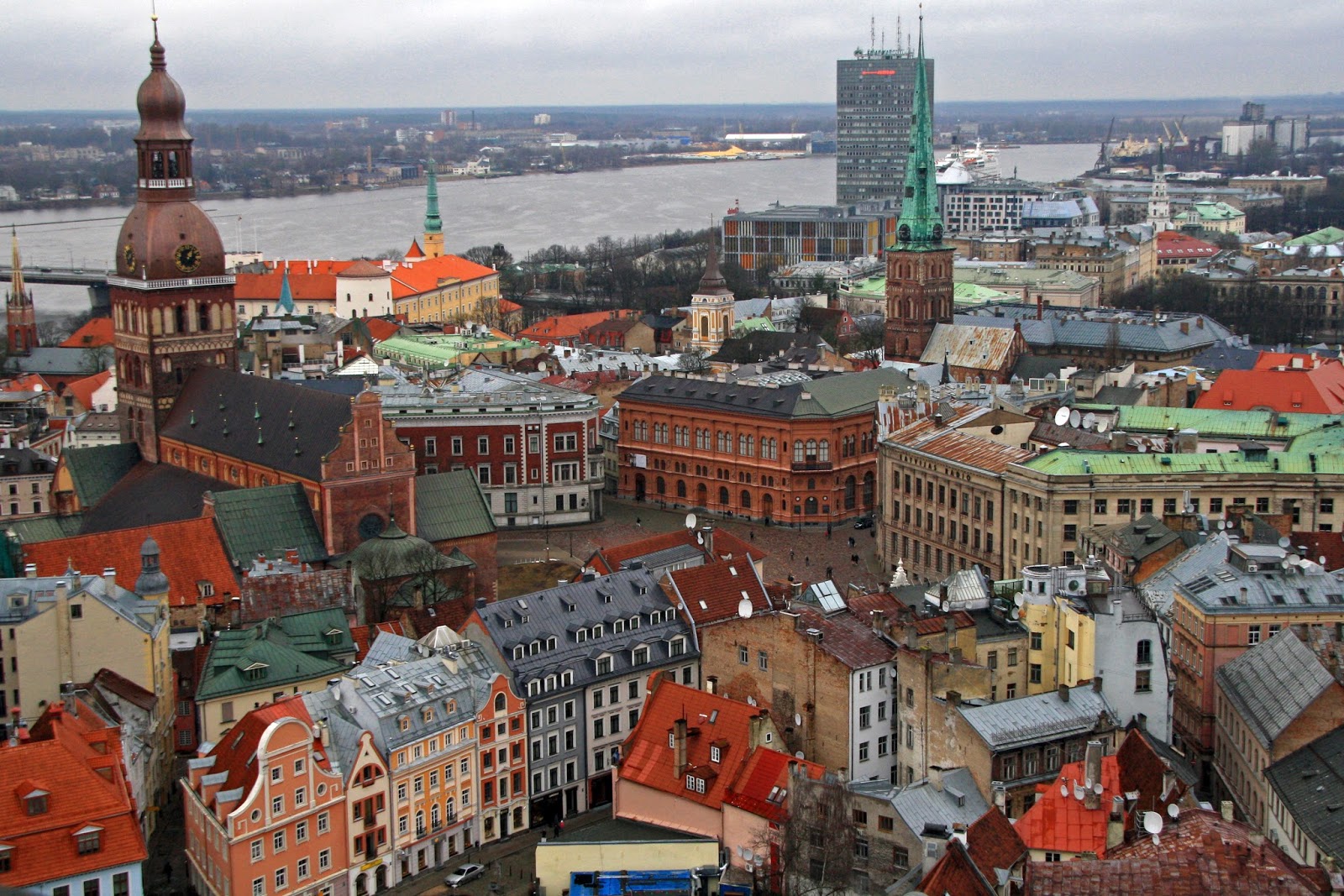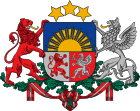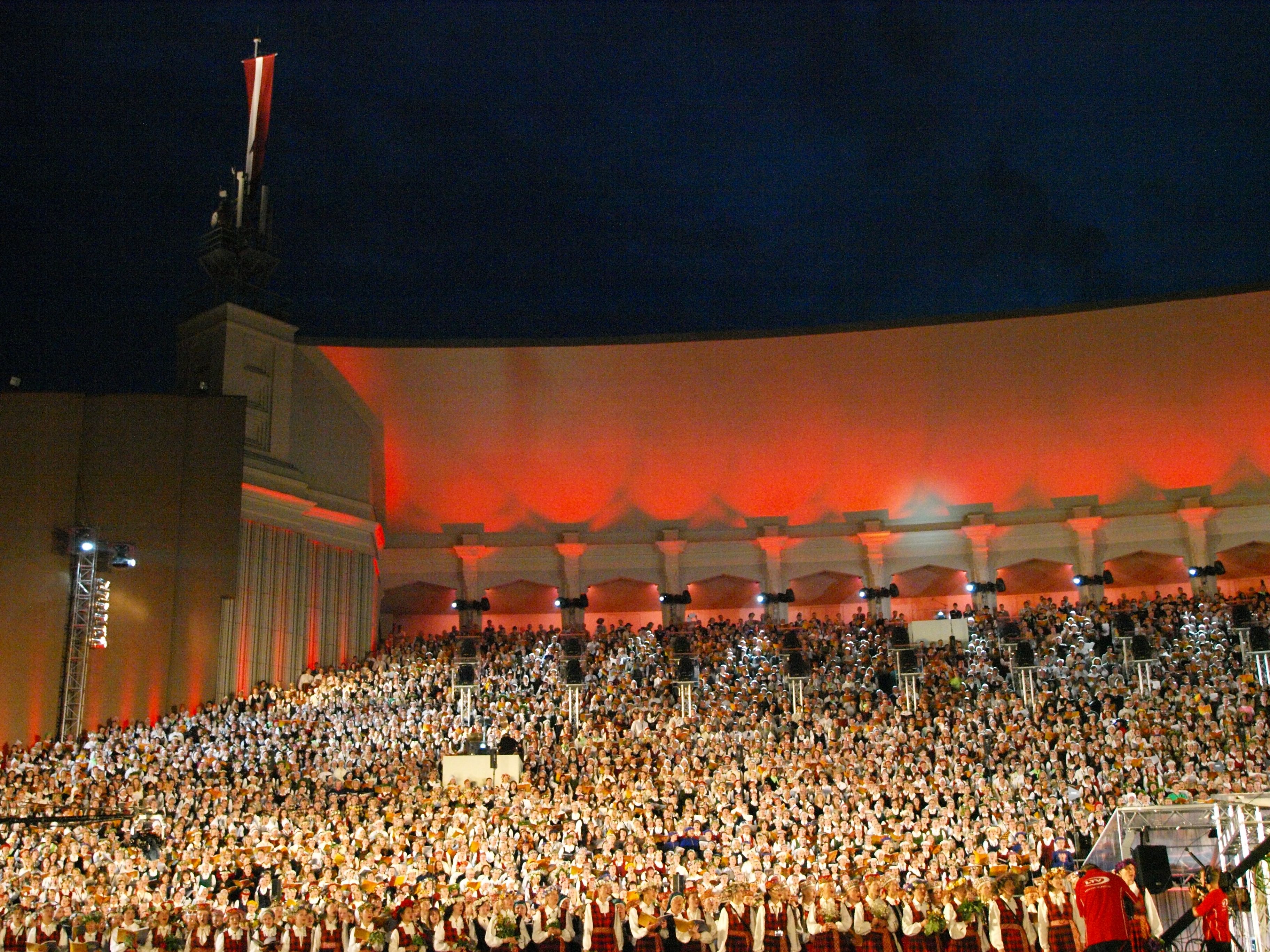Latvia, officially the Republic of Latvia, is a country in the Baltic region of Northern Europe, one of the three Baltic states. It is bordered by Estonia, Lithuania, Russia, Belarus and by a maritime border to the west with Sweden. Latvia has 1,997,500 inhabitants. Latvia is a democratic parliamentary republic established in 1918. The capital city is Riga. Latvian is the official language. Latvia is a unitary state. There are five planning regions: Kurzeme, Latgale, Riga, Vidzeme and Zemgale.
Latvians and Livs are the indigenous people of Latvia. Latvian is an Indo-European language. Despite foreign rule from the 13th to 20th centuries, the Latvian nation maintained its identity throughout the generations via the language and musical traditions. Through Terra Mariana, Latvia and Estonia share a long common history. As a consequence of the Soviet occupation both countries are home to a large number of ethnic Russians, some of whom are non-citizens. Latvia is historically predominantly Protestant Lutheran and to a lesser extent Roman Catholic. |
 |

